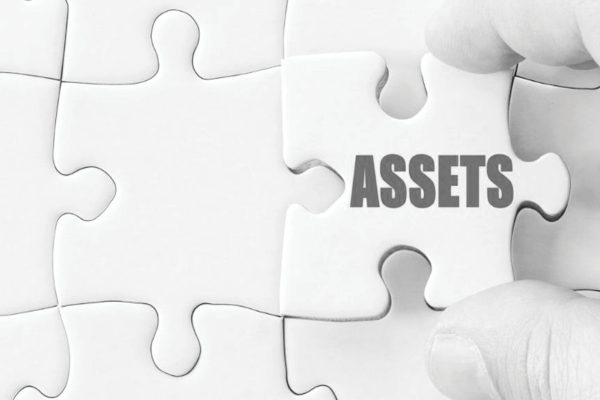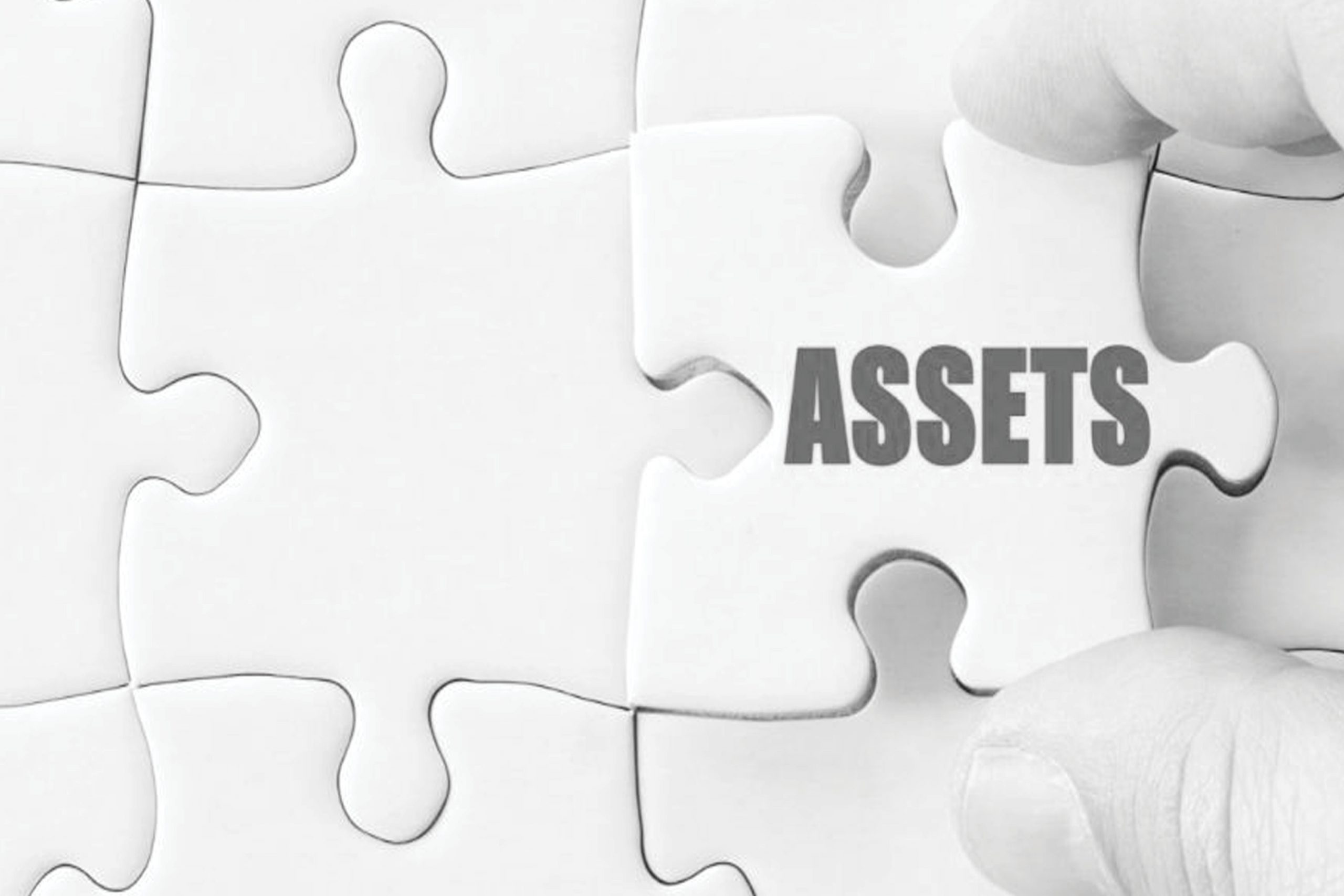As we’ve shared across this series, your business plan will develop through a series of iterations as your business grows, even after you’ve completed all sections of the document. A successful business plan (and business owner) also has the agility and flexibility to pivot with new information received, technology advancements or shifts within the market.
Today, we are finalising your business plan with a look at your business assets – essentially, what your business owns (with monetary value). Depending on your business, some of these may not be applicable to you and your team, so you can adjust your asset section to suit your current assets.
Assets, and proper asset management, are key to your business value and allow others to determine your financial status at any given time – this is especially important for investors.

There are 3 common types of business assets that you’ll come across most often:
Tangible: These are your physical assets, which will include your business premises, tools and equipment. Smaller businesses will often rely on these tangible assets, especially when going for more investment.
Current & fixed: Your physical assets will also fall into one of these sub-categories. Your current assets will add to your overall business value, and it means they can be consumed or converted to cash after a year (for example, the cash you have on hand, or product inventory in stock). Fixed assets are those owned by the business, and those that will be expected to depreciate, and these will often be critical items to the running of your business (like key equipment or office space), and these essential fixed assets cannot be liquidated if your business needs an extra injection of cash. You may also have “disposable” fixed assets, which can be liquidated with ease, and maybe items that aren’t often utilised by your business, and of less importance to the day-to-day functions.
Intangible: Your intangible assets will hold value, but will not be a physical asset. These could include intellectual property, customer databases, business trademarking and other specialised industry knowledge. You won’t list your intangible assets on your business balance sheet, but they add to the complete package value of your business, as well as your credibility within the market.
Business Premises
When detailing your assets, start with the business premises, listing out whether you own or lease your space. Some businesses choose to lease property to save money on their capital costs, while others will want to own an asset that will accrue value.
For example, one business owner purchased a business with its commercial property included, only to discover significant structural damage after settlement. The repair costs were a major hit to their cash flow, which could have been avoided with a thorough building inspection as part of the due diligence process.
By understanding the condition and value of your premises, whether owned or leased, you can make more informed decisions and avoid unexpected challenges down the track.
IT Assets
Your IT assets will be your business-owned information, systems or hardware that is utilised for your business activities. Here, you’ll list these assets and importantly, how you plan to manage them, and for many businesses, this will mean identifying exactly how you will keep them secure over time.
Equipment
List your equipment requirements and how you will manage these – this will be where you note your machinery, vehicles and any equipment costs. Leasing vs owning is another common decision you’ll make here, working out what is the right decision for your business at its current stage.
These are just three of the key asset sections you may need to include in your business plan, and this is a section where it’s best to be thorough. Your business assets will come into play at various times in your business’ development – at one point, you may need to sell them to help you through a slower period or use them as collateral as the business grows.
In addition, to keep an accurate assets section within your business plan, you should also consider your ongoing management. This means figuring out the life-cycle of your assets, tracking them on a regular basis, understanding how they may depreciate, and importantly, implementing an asset management solution or system that works for you.
We’ve now come to the end of your business plan, rounding out what will be an essential document to you as a business owner, to your current and future investors, partners and your team.
If you’re in the process of purchasing a business, this series will not only guide you through what to look for on the existing business plan but how you might like to adjust, improve and advance the business after your purchase.
To link back to the start of this How To: Your Business Plan series select here.
Written by Craig Wood




